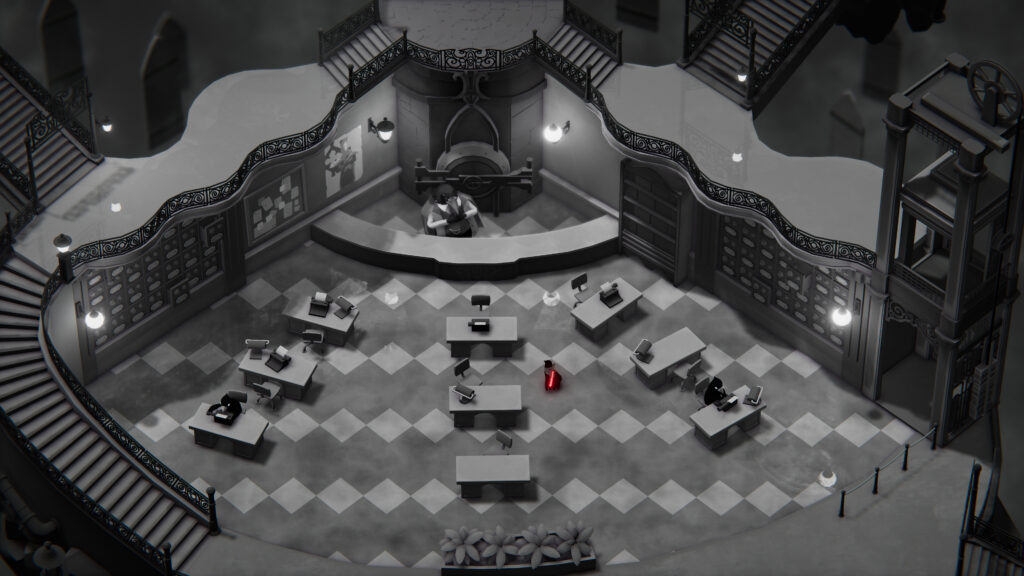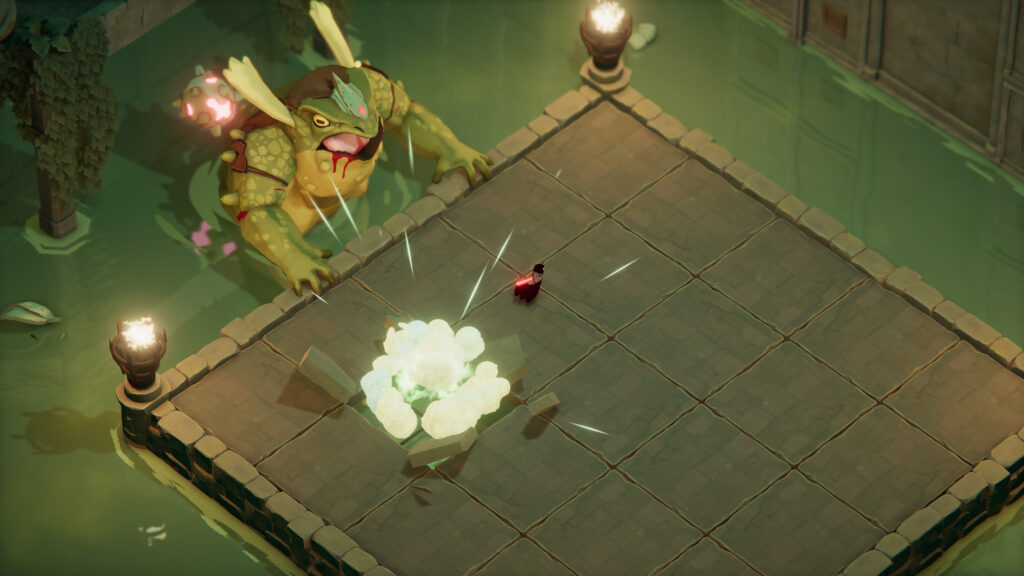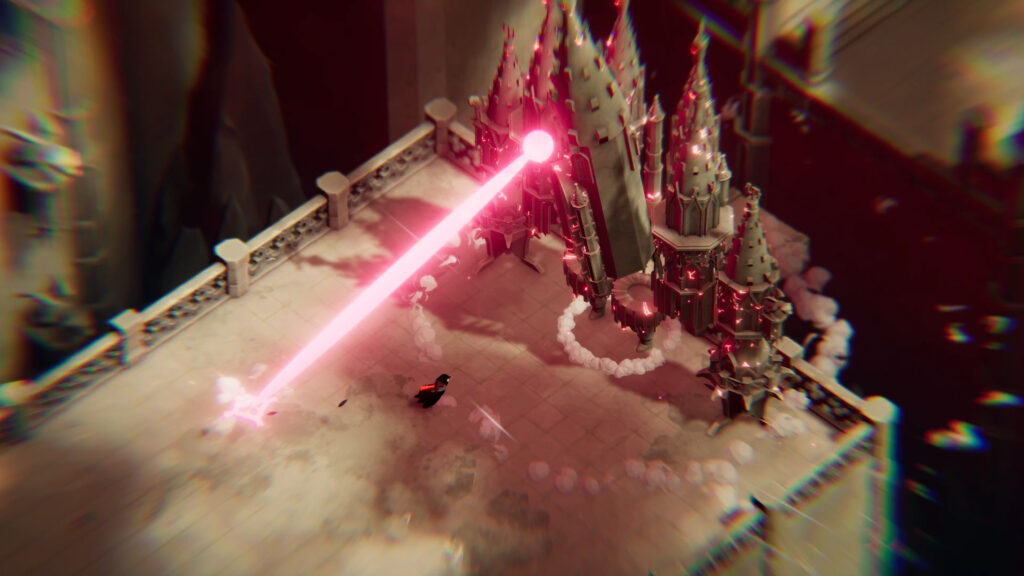Death’s Door Review
Fast Facts
Death’s Door
Developer: Acidnerve
Publisher: Devolver Digital
Website: https://www.devolverdigital.com/games/deaths-door
Genre(s): Action, Adventure
Platform: Xbox One (also available on PC)
Age Rating: PEGI 12
Release Date: 20/7/21
Price: £16.74
A code was provided for review purposes
Induction
Death’s Door is one of those rare games that grab your attention straight away and keeps it for the length of its journey. At its core, Death’s Door is both a Zelda and a Soulsboune clone. However, the two-man team over at Acidnerve have crafted something that’s both an excellent mix of genres, whilst also remaining original. Death’s Door understands what makes these two genres great and rather than imitation, it refines and expands on these points.
Rather than mind-numbingly searching through countless dungeons or following a set path, Death’s Door gives a unique world that’s begging to be explored. Much like the realms of Dark Souls, this world has so many layers to it that fully understanding its workings will take a couple of playthroughs.
Working 9-5
The game starts with a bus journey to work. Your office is a monochromatic labyrinth of platforms and broken rooms where anthropomorphic crows sit at desks feverishly typing away. You play as one of these crows who just happens to be a reaper. This means that rather than sitting at a desk, you’re tasked with venturing to the mortal realms in search of souls that have been marked as approaching death. However, reaping souls is a tough job, which you’ll soon find out.
The first job that our fledging reaper has to capture is none other than a Dark Souls inspired boss battle. After this multi-staged fight, the target’s soul gets stolen by a much more withered and older crow. It’s the premise of recollecting this soul that forms the basis of the whole adventure. After being informed that whilst the contract is outstanding the crow will start to age, you are then sent to a strange world where the inhabitants have defied death. As such, they have mutated into a menagerie of weird and wonderful creatures.

What A Way To Make A Living
On the surface, Death’s Door looks and plays much like a top-down shooter. There are some similarities to this with the use of magic and various combat abilities, but these all have a twist that then separates Death’s Door from everything else. So, the abilities that your crow learns all tie into the mana bar. This bar depletes every time you use a skill and can only be replenished by attacking enemies. This leads to some pretty tense battles especially when you are low on health fighting a boss. The enemies are also pretty aggressive too which doesn’t allow for much breathing space. I found it much easier to play Death’s Door with a more aggressive attitude, as being defensive just brings a world of hurt upon our crow.
Much like a Metroidvania, the incredibly designed world opens up as we gain more abilities. These allow for plenty of shortcuts to secret areas and bosses to be discovered. This then in turn adds more to the game’s lore and gives you more souls to upgrade these abilities further. Unlike Dark Souls, the souls we earn are kept once we die. These are then used back at HQ to enhance abilities and skills, which then enhances your survivability. These vary from upping attack power to granting more magic, and there’s plenty more aside from the ones mentioned.

Difficulty
Death’s Door isn’t necessarily a difficult game, but it’s rather a challenging one instead. To offset this, upon death, you’ll always be transported back to the nearest floating door that’s been unlocked. Aside from being quasi checkpoints, these doors also act as fast travel points between the game world and the central hub. This essentially allows for farming routes to be discovered as enemies also respawn on death – apart from bosses who stay dead.
As I mentioned above, the real trick to combat comes from being aggressive and learning the enemies attack patterns. Naturally, the cannon fodder enemies are fairly simple to fight and offer at least one or two combos to their attacks. Boss fights however are a different kettle of fish. Often gargantuan in size, these souls have various moves and combo’s at their disposal that all hit like a truck. There’s plenty of variation to these bosses/mini-bosses too, and each has its theme that ties them into its particular area. My favourite happened to be an earlier boss fight that took place in a vast graveyard. This particular boss resembled a Transformer who’d taken the form of a cathedral – complete with drills for hands and a jetpack.
World Building
Another thing that Death’s Door excels at is its world-building. The monochrome world has plenty of hidden areas to find that bring some exposition to proceedings. Aside from this, each character you’re introduced to also shares some back story to their current predicament. This isn’t as convoluted as Dark Souls, and you won’t be completing various quests to find out why a Knight is stuck in a well – poor Siegeward.
While the world is pretty large and expensive, the overall journey is very linear. You’re sent to various locations that all feature a distinct theme that centres around the boss soul of that area. Each of these locations houses unique enemies and characters which gives everything a sense of depth. The dialogue is also light and humorous but isn’t afraid to take on a more serious tone when needed.

Final Thoughts
Overall Death’s Door is a terrific game. It’s a great title that takes the best of the genre and improves them in every way. The world is full of depth and features plenty of secrets that are tucked away if you wish to pursuit them. The cast is also very likeable and there’s a bunch of quirky personalities to come across. Throw in some elegant visuals and a tremendous orchestral soundtrack and Death’s Door has an attraction that makes it incredibly tough to put down. Acidnerve has created something that both moves the genre goalposts and will be talked about for years to come.
Rapid Reviews Rating

5 out of 5
5
Death’s Door is out now and can be purchased via the Microsoft Store by clicking here.

You can find and read our reviews on OpenCritic.






One Comment
Pingback: